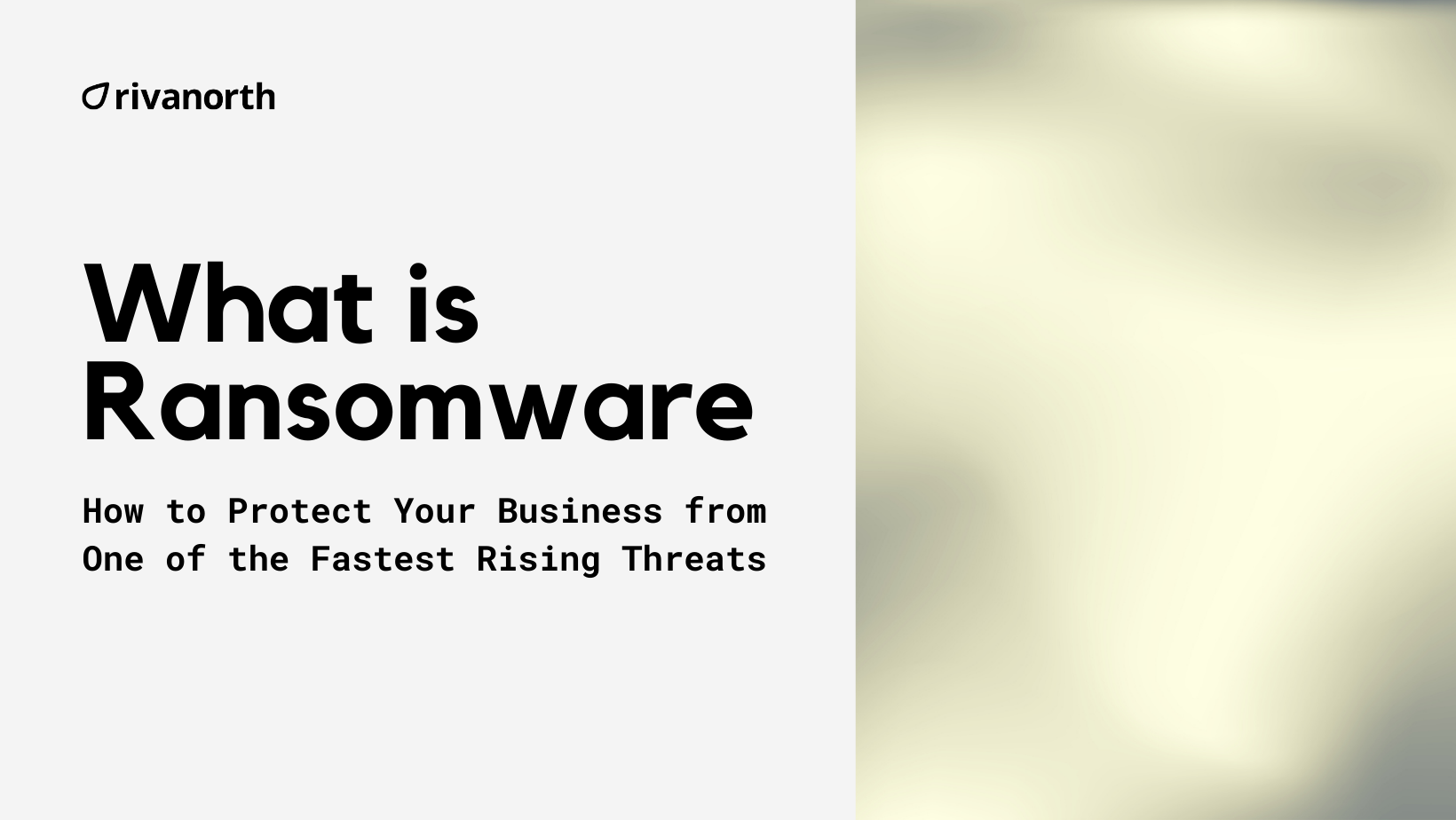What Are Ransomware Attacks? How to Protect Your Business
Read Time 3 mins | 19 May 2025

Ransomware attacks are a big problem for businesses today. Cybercriminals are getting smarter, and these attacks are happening more often. They can be very expensive and cause a lot of damage. In 2025, Australian businesses must take strong steps to stay safe.
This guide will explain what ransomware is, how it works, and how businesses can stop it before it causes harm.
What Is Ransomware?
Ransomware is a type of bad software (malware) that locks up a company’s files or computer systems. Hackers then demand money (a ransom) to unlock them. These attacks can stop businesses from working, cost a lot of money, and damage a company’s reputation.
There are two main types of ransomware:
- Encrypting Ransomware: Scrambles files so they can’t be read without a special key.
- Locker Ransomware: Locks people out of their computers until a ransom is paid.
How Do Ransomware Attacks Happen?
Most ransomware attacks follow these steps:
- Infection: Hackers trick people into clicking on bad emails, downloading unsafe files, or using weak passwords.
- Execution: The ransomware locks important files or the whole system.
- Ransom Demand: A message appears, asking for money (usually in cryptocurrency) to unlock the files.
- Payment or Recovery: The business must decide whether to pay (which is not recommended) or try to fix the problem using backups and security tools.
Why Are Ransomware Attacks Dangerous?
Ransomware can cause serious problems, including:
- Losing Money: Businesses may have to pay the ransom, lose money while systems are down, and spend money fixing the damage.
- Data Leaks: Hackers might steal and sell company or customer data.
- Business Disruptions: Employees may be unable to work while systems are locked.
- Legal Issues: Businesses that don’t protect customer data may face fines under Australian cybersecurity laws.
How to Protect Your Business from Ransomware
1. Train Employees to Spot Cyber Threats
- Teach staff to identify fake emails and dangerous links.
- Limit who can access important files and systems.
- Keep software updated to fix security weaknesses.
2. Use Multi-Factor Authentication (MFA)
MFA makes it harder for hackers to break in by requiring extra steps, like a code sent to a phone, before logging in.
3. Back Up Data Regularly
- Save important files often and store copies in secure cloud or offline storage.
- Make sure backups are protected from ransomware.
4. Use Security Tools to Detect Threats
- Install software that can stop ransomware before it spreads.
- Recommended tools: CrowdStrike Falcon, SentinelOne, Microsoft Defender for Endpoint.
5. Monitor the Dark Web for Leaked Information
Hackers often use stolen passwords found on the dark web to attack businesses. Dark web monitoring tools like Oko help detect these stolen credentials early.
6. Have a Plan for Cyber Attacks
- Create a ransomware response plan and test it often.
- Assign a cybersecurity team to handle emergencies.
- Follow Australian laws to report security incidents.
What to Do If Your Business Is Attacked
If ransomware hits your business:
- Disconnect Affected Devices: Stop the malware from spreading by unplugging infected computers.
- Report the Attack: Tell the Australian Cyber Security Centre (ACSC) and other authorities.
- Do Not Pay the Ransom: Paying doesn’t always work and encourages more attacks.
- Use Backups to Restore Data: Recover lost files with secure backups.
- Strengthen Security Measures: Review what went wrong and make systems safer.
Final Thoughts
Ransomware is a growing danger, but businesses can reduce the risk by training employees, using dark web monitoring, enabling multi-factor authentication, and improving cybersecurity.
Oko’s AI-powered dark web monitoring solution helps businesses detect stolen passwords before hackers use them, offering an extra layer of security against ransomware.
Want to protect your business? Contact us today to learn how we can help keep your company safe.
Join Our Newsletter